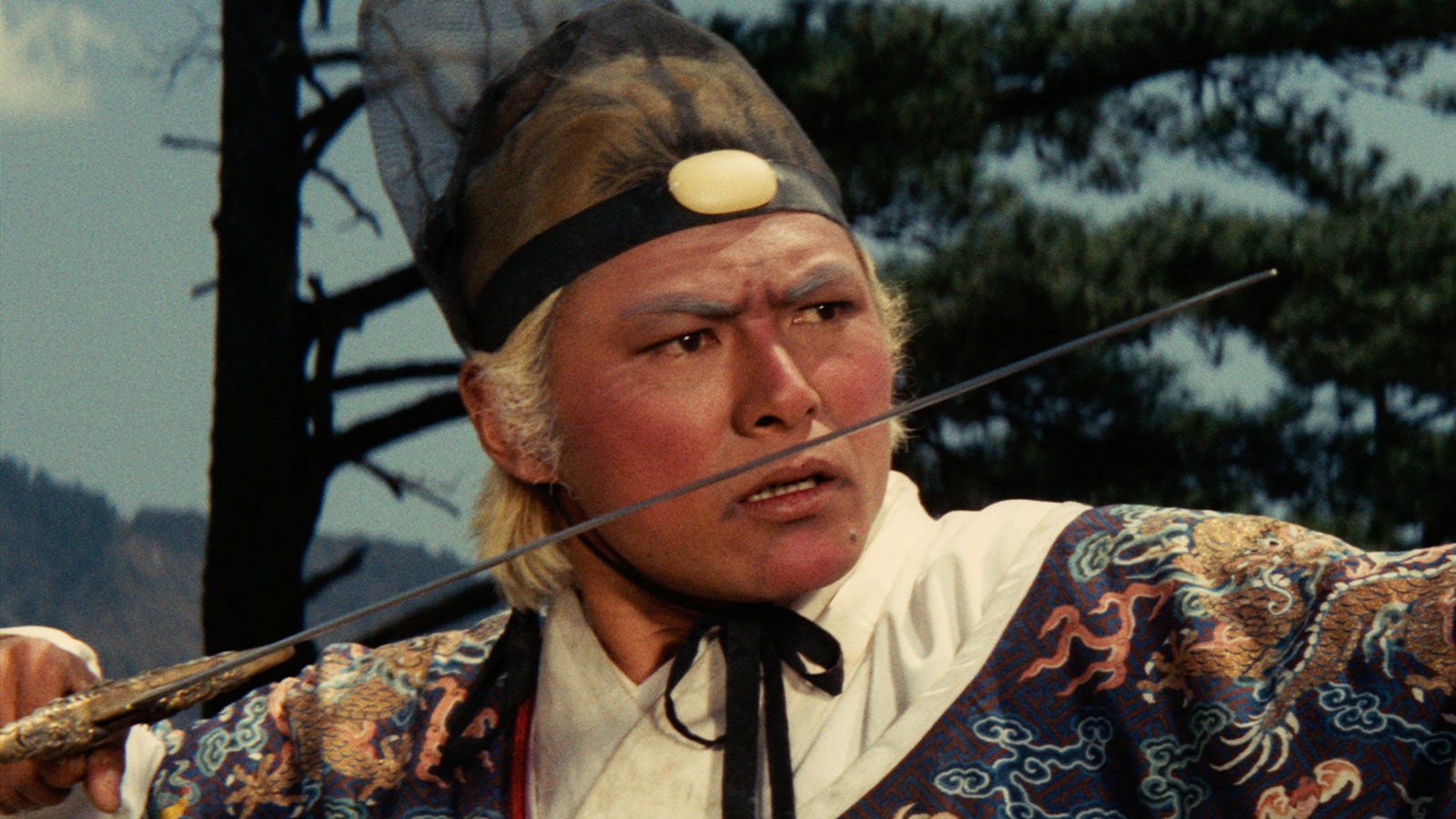Although in the West most often applied to film, the term wuxia—literally “martial [wu] hero [xia]Ó—in fact refers to a genre of Chinese fiction that is represented in every medium, from literature to opera to, of course, movies. Dating back to 300 BCE in its protean form, the wuxia narrative traditionally follows a hero from the lower class without official affiliation who pursues righteousness and/or revenge while adhering to a code of chivalrous behavior. Brought to mass popularity in the early part of the twentieth century via a series of post-Confucian novels, wuxia soon spread to film with the appearance of Burning of the Red Lotus Temple, a now lost serial adapted from the novel The Tale of the Extraordinary Swordsman that was released between 1928 and 1931. Banned by the government in the thirties due to their subversive and supernatural elements, wuxia films returned to the screen in the fifties, taking the traditional narrative form while also borrowing elements—such as careful choreography—from Chinese opera. Following a strict formula, wuxia films—though always period pieces—can be said to have become fully modern in the 1960s, with the formation of the Shaw Brothers studio and the advanced direction of filmmakers such as King Hu. The commercial success of Hu’s Come Drink with Me (produced for Shaw) and Dragon Inn (produced independently) kicked off a wave of wuxia titles, which were frequently exported to the U.S. as reedited, dubbed action films during the martial arts craze of the first half of the seventies. Though the genre wavered in popularity in the succeeding decades, it returned to international prominence in 2000 with Ang Lee’s Crouching Tiger, Hidden Dragon, which is heavily indebted to Hu’s classics of the sixties and seventies.
